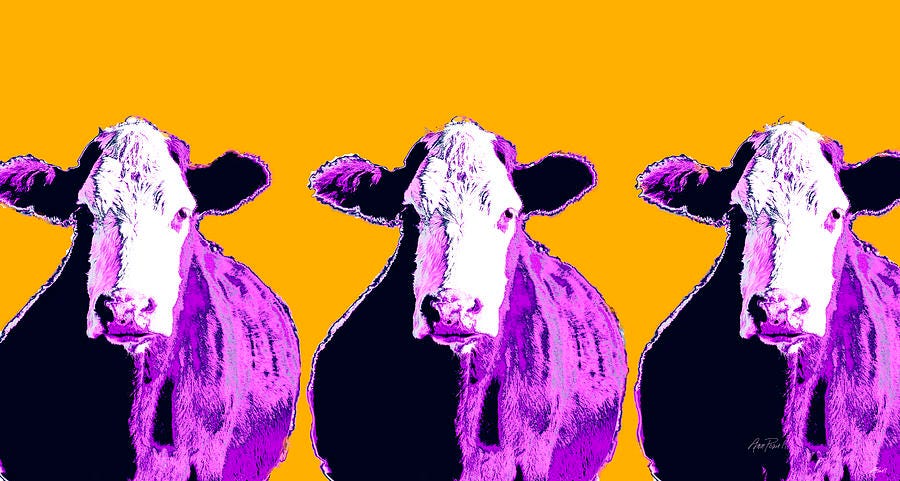Churn out every idea and then burn it down.

We need to talk about ChatGPT. Actually, not just ChatGPT but all AI-powered content development tools. Whether it’s text-to-image AIs, or those capable of generating conversational text, computer code, poetry, and more in response to prompts.
Artificial Intelligence has been chipping at creatives for a while, and this technological transformation is going to create as many opportunities as it does headaches for various sectors.
Discussions online so far have focused on embracing it wholesale or resisting the intrusion of AI into day-to-day work. But I think so far, a lot of the judgment have focused too much on saving time, money, and resource.
Instead, we should shift our thinking to see this as a problem of originality. A challenge to get back to being remarkable. An opportunity to streamline brainstorming and ideation. To hold a mirror up to ourselves and ask —is this really what I want to put out there?
Let me explain why by recapping how AI and Machine Learning work.
Machine Learning In A Nutshell
One of the most common forms of Artificial intelligence (AI) is Machine Learning which teaches computers to think in a similar way to how humans do. Essentially, it takes a massive set of data and processes it to spot patterns in the data that can be used to predicate the outcome of future similar cases.
It’s Machine Learning that’s powering ChatGP as it’s received tonnes of training data to be able to churn out impressive predictive content in response to our text prompts. In fact, when most companies today use AI, they are most likely using Machine Learning. Think about how Netflix or Disney+ will suggest content to you that gets more and more accurate over time. Or even show social media feeds for decades have retained your attention with tailored recommendations. Prediction engines are powerful.
Why Creative Machine Learning Should Shake Us
When I played around with ChatGPT I was both impressed and saddened. Right away I thought of this passage from Orwell…
Never use a metaphor, simile, or other figures of speech that you are used to seeing in print. — George Orwell
When Orwell penned this in Why I Write he was capturing an idea, a point of view on what it means to push yourself to be original in a crowded space. And the discipline it requires over time to keep yourself that way.
It’s the same idea, expressed in different context, that Seth Godin put forward in Purple Cow. And as I’ve said before every communicator wants to be remarkable, otherwise, you are not worth remembering. And if you’re not remembered, your identity is lost and the value of your user experience is zero.
See, ChatGPT will be a threat to being remarkable and original if it’s not embraced in radical way. Because it’s trained on commonplace content — on massive amounts of data which hold patterns that can be read and predicated. That means if it’s churning out a fundraising email, brand mission statement or film script — it’s opting for the common and unremarkable. It’s our job, our challenge, to push beyond that and be unpredictable.
Getting Radical with ChatGPT
When I talk about seeing this rise in AI as a challenge to get back to being remarkable, I envision several ways to seize this opportunity to streamline ideation.
- Churn out every idea and then burn it down: Embrace head on, churn out as many concepts as ChatGPT can provide you. Review them, and understand the common points. Then use none of it. Throw it away. Challenge ourselves to produce work that looks nothing like that at all and listen no one that does.
- Find a place for the content and park it there: Use it for the drumbeat content, the everyday products you need to fill space in your workflow. But be strict, limit the unremarkableness it churns out to say 30% of your output. Once you park its usage in that area of your workflow you can free up your time and energy to go beyond the common in the bigger areas you focus on.
These are just two radical starting points in the call to view the rise of Machine Learning content as a way to hold a mirror up to ourselves as creators. If you can think of other ways to embrace the call and use these capabilities to push beyond the predictable and into the remarkable please share in the comments below!
A radical opinion on ChatGPT was originally published in UX Collective on Medium, where people are continuing the conversation by highlighting and responding to this story.